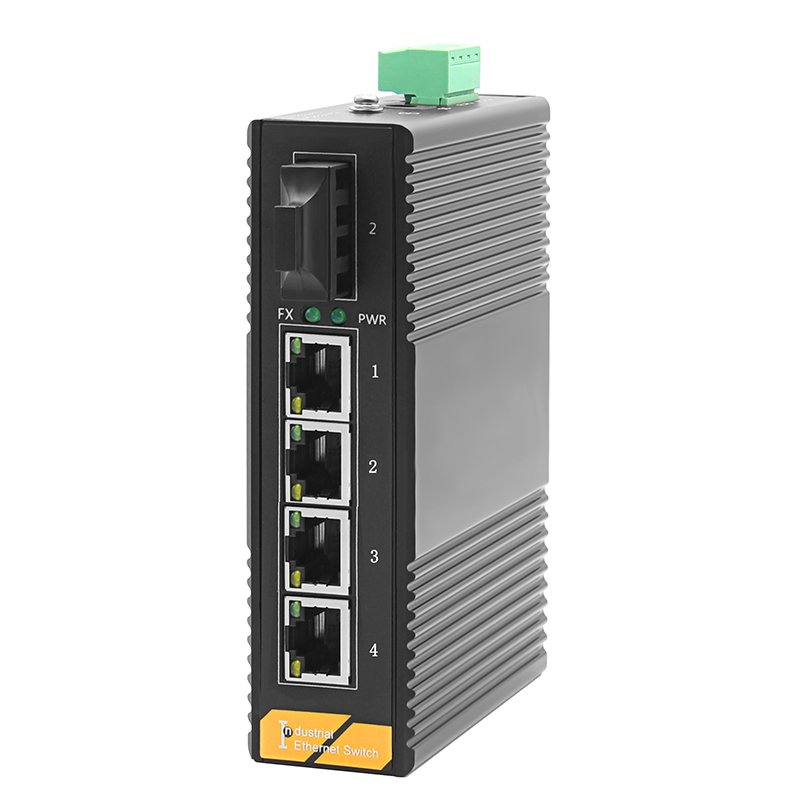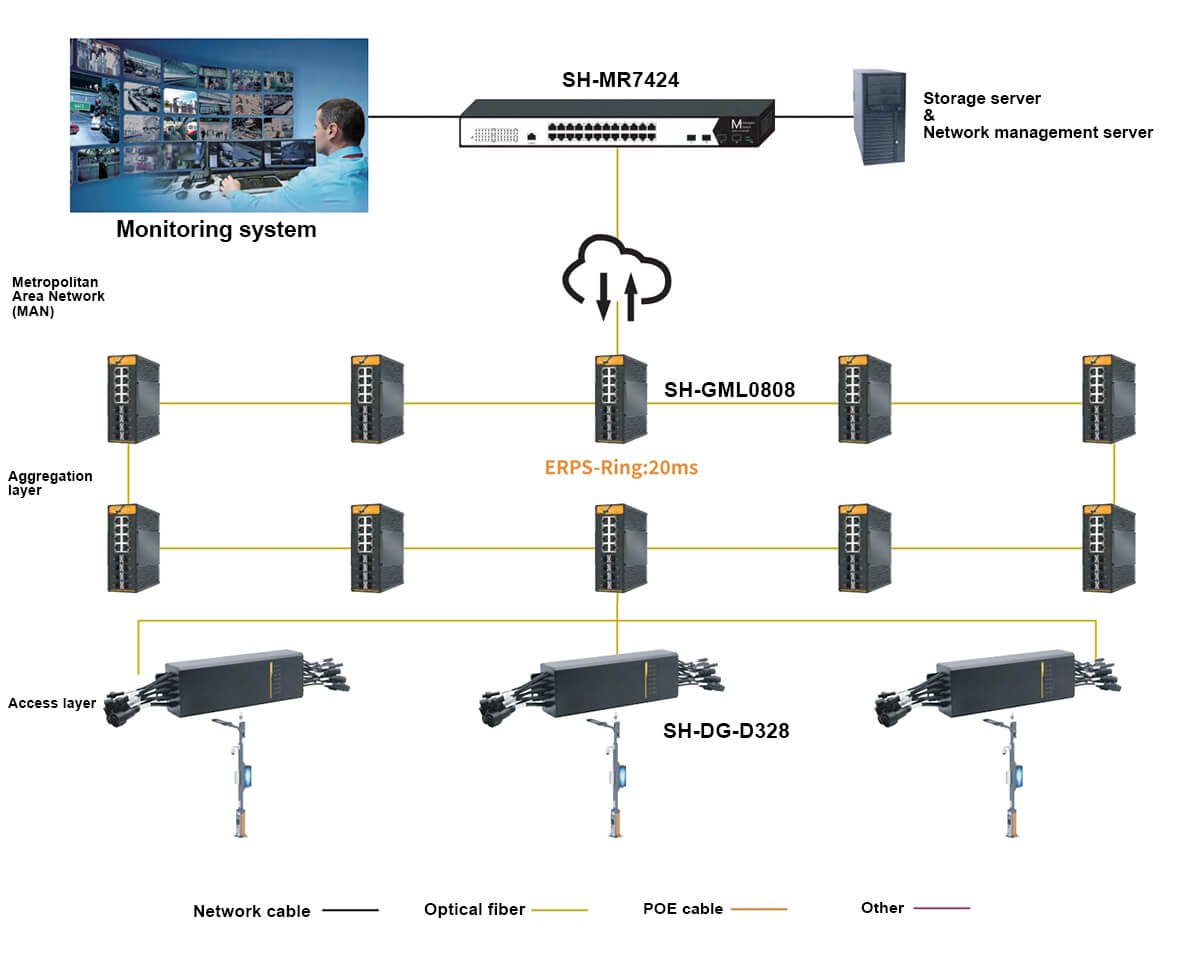
Scheme Background
A smart hotel refers to a hotel that has a complete intelligent system, achieving digital information – based service technology through digitization and networking.
As a place to serve guests, a hotel should fully consider the needs such as privacy, personalization, as well as the comfort and convenience brought by high – tech. And a stable and reliable network transmission system should be adopted to effectively manage all systems of the smart hotel.
System Requirements
The demand analysis for hotel wireless coverage is as follows:
Product List
Topological Diagram
Levin Link adopts a three – layer managed 10 – gigabit multi – fiber switch as the core – layer switch and a multi – electrical PoE switch as the access switch, supplying both network and power simultaneously.
It has the following characteristics:
1. Standard PoE Power Supply: The Levin Link PoE switch series has a maximum power of 30W per port, which can simultaneously meet the PoE power supply requirements of multiple AP devices on a single floor.
2. Core – layer Management: The Levin Link SH – MR7240C is used as the core – layer switch. It is equipped with 4 10 – gigabit SFP+ fiber ports, 16 gigabit fiber ports, and 8 gigabit Combo ports. Its three – layer rich management functions facilitate multi – dimensional management and monitoring for operators. The multi – fiber port aggregation function is stronger, enabling the aggregation of more floors.
3. High Availability: The APs are equipped with professional antennas, and the transmission power is linearly adjustable. According to the actual environment, the transmission power of the APs can be reasonably adjusted to meet the coverage requirements of different areas.
4. Flexible Roaming: With the FITAP wireless deployment architecture, different APs can be set to transmit the same SSID. When a wireless terminal moves between different APs within the same VLAN, it can quickly switch between different APs, achieving fast Layer 2 roaming across APs.
5. Easy Management: FTTAPs are uniformly managed by a wireless controller AC. The AC can automatically discover and manage APs uniformly. Operators can view the running status of APs in real time, which is convenient for network management and maintenance.




